The Effect of High Temperatures on Some Functional Indicators and The Sharpness of Attention for the Players of the Basra City Team with the Fencing Epee Weapon
Main Article Content
Abstract
The study aimed to: identify the differences in measurements and tests after the efforts of functional matches for functional indicators and manifestations of attention between high and medium heat, where the researchers used the descriptive approach and the researchers got acquainted with the research community with the players of Basra. The governorate team for fencing, the advanced category, numbering (8) players, and the sample was chosen from the community. The deliberate search reached (6) duels with a percentage of (75%), and the main experiment was for moderate temperatures, which ranged between (27-28) degrees Celsius, and was conducted on 12/16/2022 at ten in the morning in the fencing hall in the College of Physical Education and Sports Sciences Basra University, then the researchers repeated the experiment on the same sample. On March 10, 2023, in the same hall, exactly at ten o'clock in the morning, I conducted the same method and the previous mechanism for conducting tests before and after performing the match effort, but at a temperature of (40-41) degrees Celsius. The required data were taken and then processed statistically. The most important conclusion reached is that the performance of training and competition in moderate temperatures has positive effects on the internal environment and the functional responses of the athletes and their mental processes, including the acuity of attention, and this is reflected in the level of performance. In matches, high temperatures negatively affect the responses of the circulatory system, so the most important thing recommended by the researchers should be to choose a moderate atmosphere to employ the players’ capabilities and continue to perform for a longer period. And removes the phenomenon of fatigue caused by high temperatures.
Article Details

This work is licensed under a Creative Commons Attribution-NonCommercial 4.0 International License.
References
Abd Alghafoor, B. (2021). Use of rehabilitation program by using physical therapies to rehabilitate wrist joint injury for fencing players (disabilities)on wheelchairs. Journal of Studies and Researches of Sport Education, 30(4), 246–253. https://jsrse.edu.iq/index.php/home/article/view/150
Aboud, F. M., & zghir, A. R. (2019). The effect of endurance performance skills on some blood components and vitamin B12 in wrestling players. Journal of Sports Education Studies and Research, 29(3), 279–290. https://jsrse.edu.iq/index.php/home/article/view/260
Al-Hazza, H. bin M. (2013). Health and Physical Fitness (p. 76). King Saud University, College of Physical Education.
Ali, J. A.-D. (2007). Principles of Organ Functions (1st ed, p. 168). Zagazig University.
Ammar, M., & Riyadh, A. M. (2016). Physiological foundations of the respiratory system in athletes (2nd ed, p. 89). Al-Nakhil Press.
Hassan, M. (2021). Programmed planning according to the capabilities of the players and its effect on the development of some physical and skill abilities by fencing for the disabled. Journal of Studies and Researches of Sport Education, 30(1), 203–211. https://jsrse.edu.iq/index.php/home/article/view/223
Hilal, A. K. (2010). Sports Psychology in Learning, Achievement, and Psychological Measurement. Sports Library.
Ilieș, D. C., Buhaș, R., Ilieș, A., Gaceu, O., Oneț, A., Buhaș, S., Rahotă, D., Dragoș, P., Baiaș, Ștefan, & Marcu, F. (2018). Indoor air quality issues. Case study: the multipurpose sports hall of the University of Oradea. Environmental Engineering & Management Journal (EEMJ), 17(12).
Jaber Abdullah, أ. . د. س., & Mohamed Fattouh Ghoneim, .م.د أيمن. (2021). the effect of special exercises in developing the characteristic strength of the speed of the arms and its relationship to the accuracy of the performance of the direct straight stab skill. Journal of Studies and Researches of Sport Education, 29(3), 272–278. https://jsrse.edu.iq/index.php/home/article/view/259
Jaber, S., & Mohamed, A. (2021). the effect of special exercises in developing the characteristic strength of the speed of the arms and its relationship to the accuracy of the performance of the direct straight stab skill. Journal of Studies and Researches of Sport Education, 29(3), 272–278. https://jsrse.edu.iq/index.php/home/article/view/259
Jameel, S. F. M. (2022). Effect of aerobic exercise on respiratory efficiency and pulmonary ventilation in obese individuals. Journal of Sports Education Studies and Research, 32(1), 91–99. https://doi.org/10.55998/jsrse.v32i1.272
Khashan, L., & Muslim, A. (2021). some basic skills in open soccer and their relationship to job indicators For youth goalkeepers. Journal of Studies and Researches of Sport Education, 31(1), 89–101. https://jsrse.edu.iq/index.php/home/article/view/81
Mohammed, A. S. (2019). A comparative study using computer technology to measure physical efficiency, speed and accuracy of performance, pulse rate and hemoglobin oxygen saturation percentage of football players’ lines. Journal of Sports Education Studies and Research, 29(4), 155–166. https://jsrse.edu.iq/index.php/home/article/view/217
Osama, K. R. (2014). Sports Psychology (Concepts-Applications) (1st ed, p. 173). Dar Al Fikr Al Arabi.
Parsons, K. (2003). The effects of hot, moderate, and cold environments on human health, comfort and performance. Human Thermal Environments. London: Taylor & Francis.
Risan, K. M., & Abu Al-Ala, A. F. (2016). Sports Training (1st ed, p. 234). Book Center for Publishing.
Shabib, H. S. A. A., Potat, F. M. A., & Hassan, A. H. F. (2021). The effect of physical effort at high temperature on some blood components, respiratory reserve and scoring accuracy of football players. Journal of Sports Education Studies and Research, 31(2), 21–31. https://jsrse.edu.iq/index.php/home/article/view/45
Wendt, D., Van Loon, L. J. C., & Marken Lichtenbelt, W. D. (2007). Thermoregulation during exercise in the heat: strategies for maintaining health and performance. Sports Medicine, 37, 669–682.
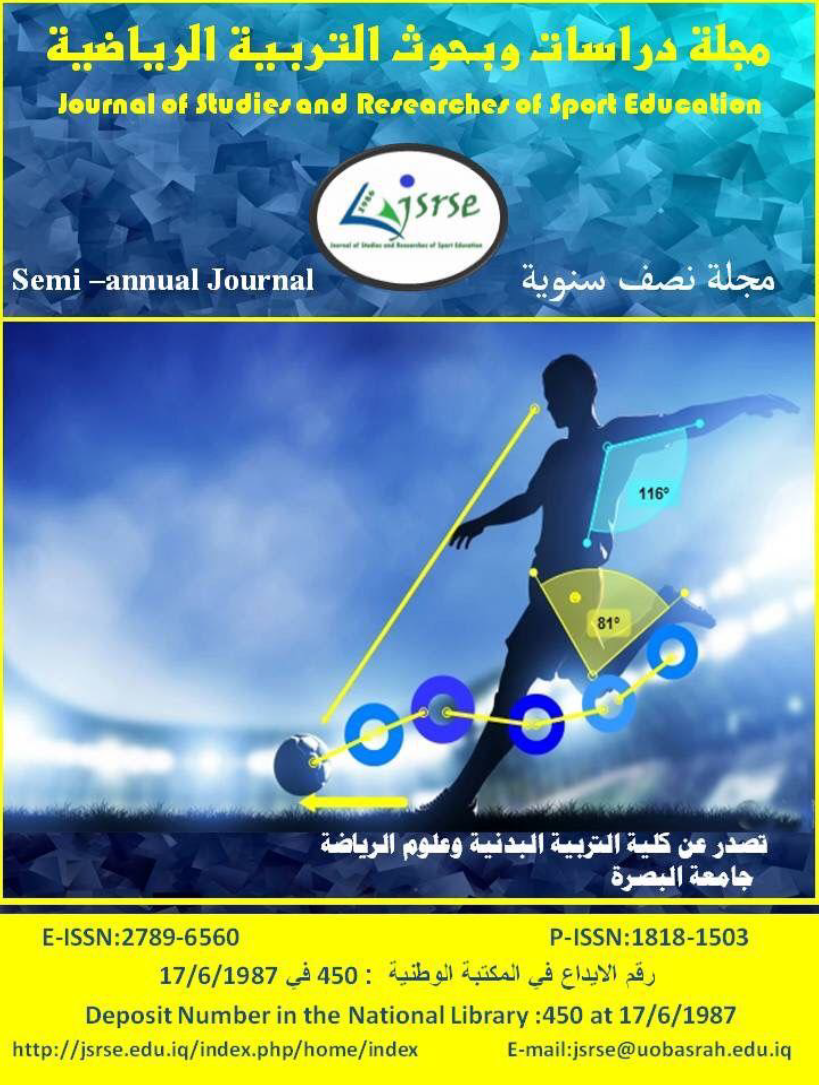




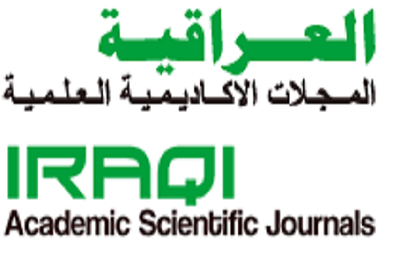 IASJ
IASJ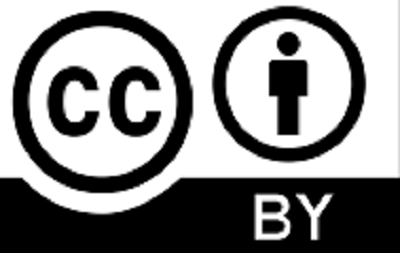 CC-BY-4.0
CC-BY-4.0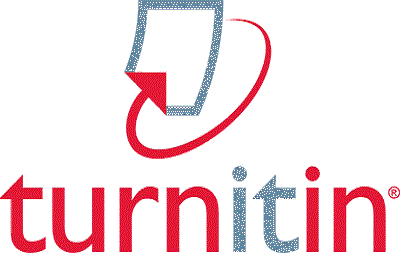 turnitin
turnitin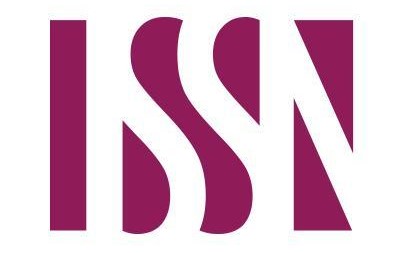 ISSN
ISSN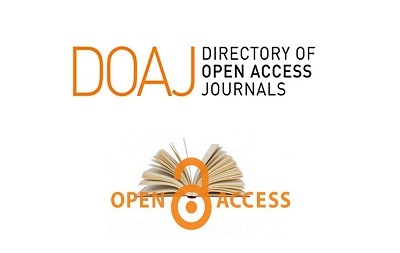 DOAJ
DOAJ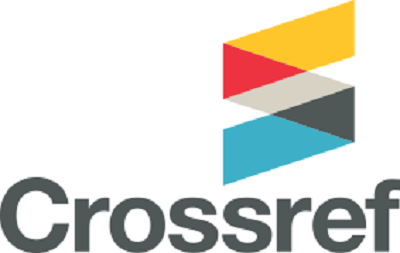 Crossref
Crossref GoogleScholar
GoogleScholar Orcid
Orcid